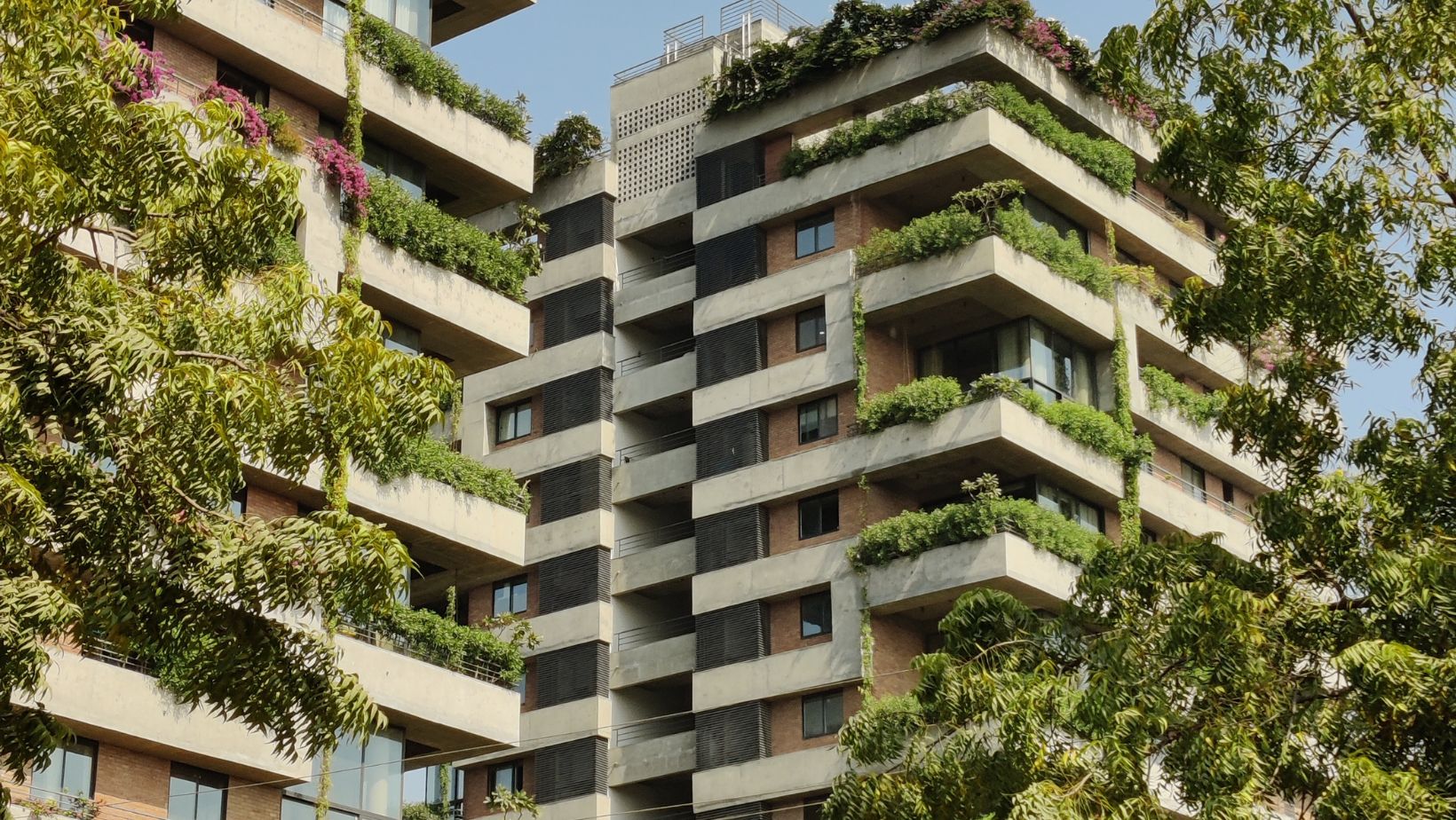 In the face of escalating climate challenges, the built environment stands as both a significant contributor to global emissions and a promising avenue for impactful change. Sustainable building optimisation has emerged as a pivotal strategy, enabling property owners and developers to enhance energy efficiency, reduce carbon footprints, and future-proof their assets.
In the face of escalating climate challenges, the built environment stands as both a significant contributor to global emissions and a promising avenue for impactful change. Sustainable building optimisation has emerged as a pivotal strategy, enabling property owners and developers to enhance energy efficiency, reduce carbon footprints, and future-proof their assets.
Digital Twins: The Backbone of Sustainable Optimisation
At the forefront of this transformation is re:sustain, a London-based innovator in building decarbonisation. Leveraging highly calibrated digital twins—virtual replicas of physical buildings—re:sustain enables real-time monitoring, predictive modelling, and automated control of energy systems. This approach not only curtails carbon emissions but also delivers substantial cost savings, often achieving reductions of 20–65% annually according to Resustain.
Digital twins facilitate a comprehensive understanding of building performance by integrating data from IoT sensors, BIM models, and other sources. This integration allows for proactive planning, resource optimisation, and performance monitoring, contributing to smarter, more sustainable construction practices.
Scaling Sustainability Across Portfolios
One of the significant advantages of digital twin technology is its scalability. Solutions like re:sustain’s can be deployed across diverse property portfolios with minimal hardware installation, often completed in less than a day. This rapid deployment enables asset managers to implement energy-saving measures swiftly, enhancing the sustainability and value of their real estate holdings.
Moreover, digital twins support scenario modelling, allowing stakeholders to simulate various interventions and assess their impact before implementation. This capability ensures that decisions are data-driven and aligned with sustainability goals.
Real-World Applications
The practical benefits of sustainable building optimisation are increasingly visible in high-profile developments. For example, several newly constructed casinos are embracing cutting-edge sustainability practices—designing facilities with solar energy systems, hybrid ventilation, water conservation technologies, and advanced energy management systems.
These initiatives show that sustainable building optimisation is not limited to traditional commercial spaces. Even entertainment venues, like new casinos, are recognising the value of reducing their environmental impact while delivering exceptional guest experiences.
The Future of Sustainable Building Optimisation
As the construction and real estate sectors continue to embrace digital transformation, the integration of technologies like digital twins will be instrumental in achieving sustainability targets. By enabling precise energy management, predictive maintenance, and informed decision-making, these tools are reshaping how buildings are designed, operated, and maintained.
Organisations like re:sustain are leading this charge, providing scalable, data-driven solutions that not only reduce environmental impact but also enhance operational efficiency and asset value. As more industries—including hospitality and gaming—recognise the benefits of sustainable building optimisation, we can anticipate a broader adoption of these practices, paving the way for a greener, more resilient built environment.
